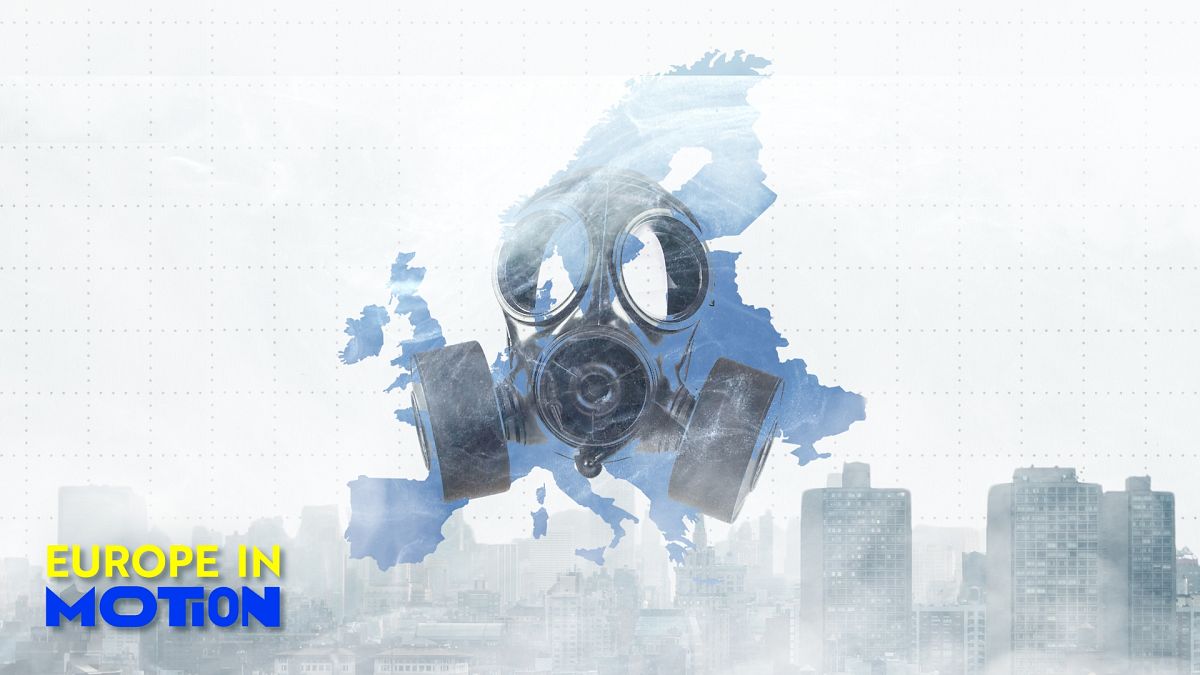Deaths from air pollution have fallen in the EU, but mortality rates were highest in Bulgaria, Poland, and Hungary.
Air pollution killed 357,000 people in the European Union in 2022, but your risk depends largely on where you live.
Most of those deaths are from exposure to fine particulate matter, or PM2.5, coming from dust, smoke, and exhaust. But tens of thousands are due to nitrogen dioxide from the burning of fuel, as well as ozone, which is found in smog.
Air pollution is linked to a host of health problems, including heart and respiratory diseases, stroke, diabetes, lung cancer, and poor birth outcomes.
Exposure is especially dangerous for older people, children, and people with pre-existing health conditions.
North Macedonia had Europe’s worst mortality rate in 2021, with 255 premature deaths from exposure to fine particulate matter for every 100,000 people. Next up was Serbia with a mortality rate of 217, and Montenegro with a rate of 174.
Bulgaria had the worst mortality in the EU, with 158 premature deaths per 100,000, followed by Poland (125) and Hungary (107).
While the number of PM2.5-linked deaths fell by 45 per cent from 2005 to 2022, the European Environment Agency says air pollution “remains the largest environmental health risk in Europe”.
The EEA also warned that air pollution also hurts Europe’s economy through higher healthcare costs, lower life expectancy, and decreased productivity at work. Air pollution also damages the environment, including water and soil quality.
In 2024, the EU enacted stricter air quality rules that aim to bring pollution levels closer to global health standards. The directive also gives citizens with pollution-related health problems the right to take their government to court if they don’t comply with the rules.
Video editor • Mert Can Yilmaz
Read the full article here


